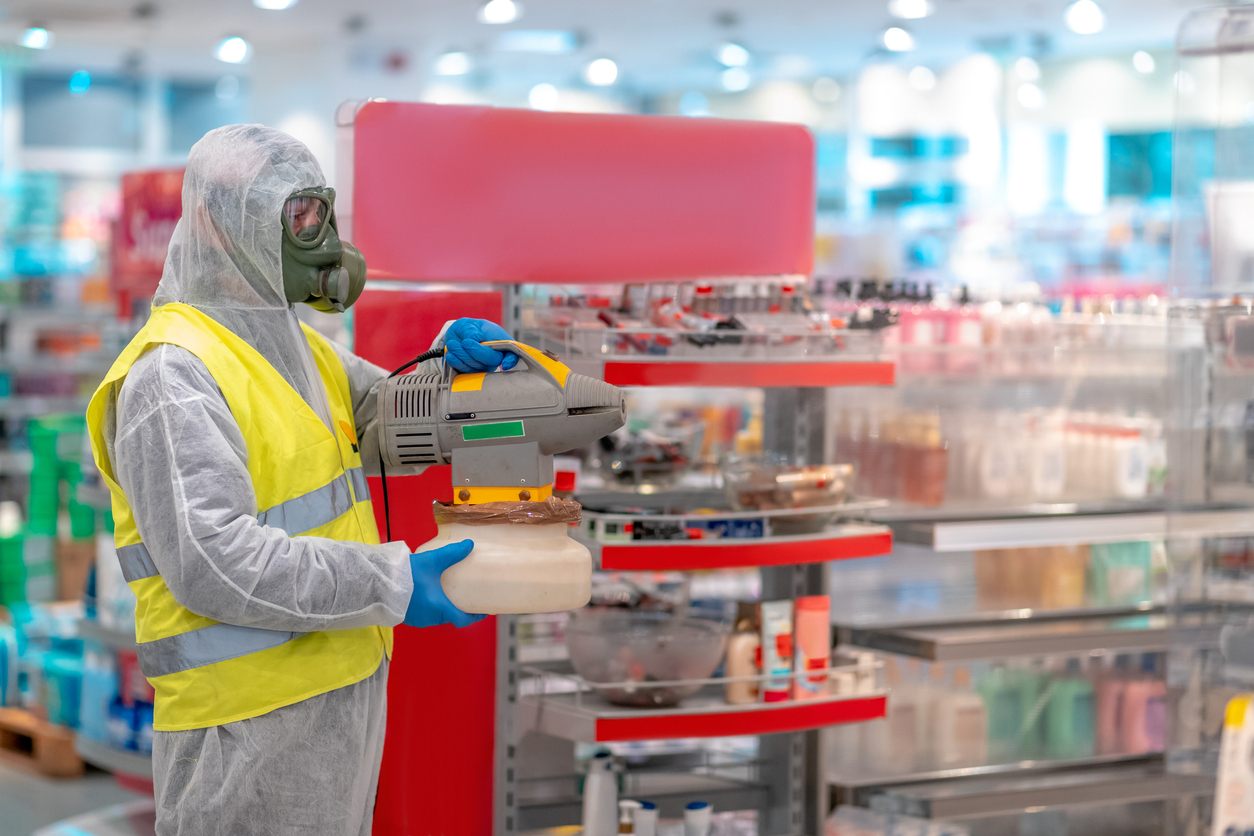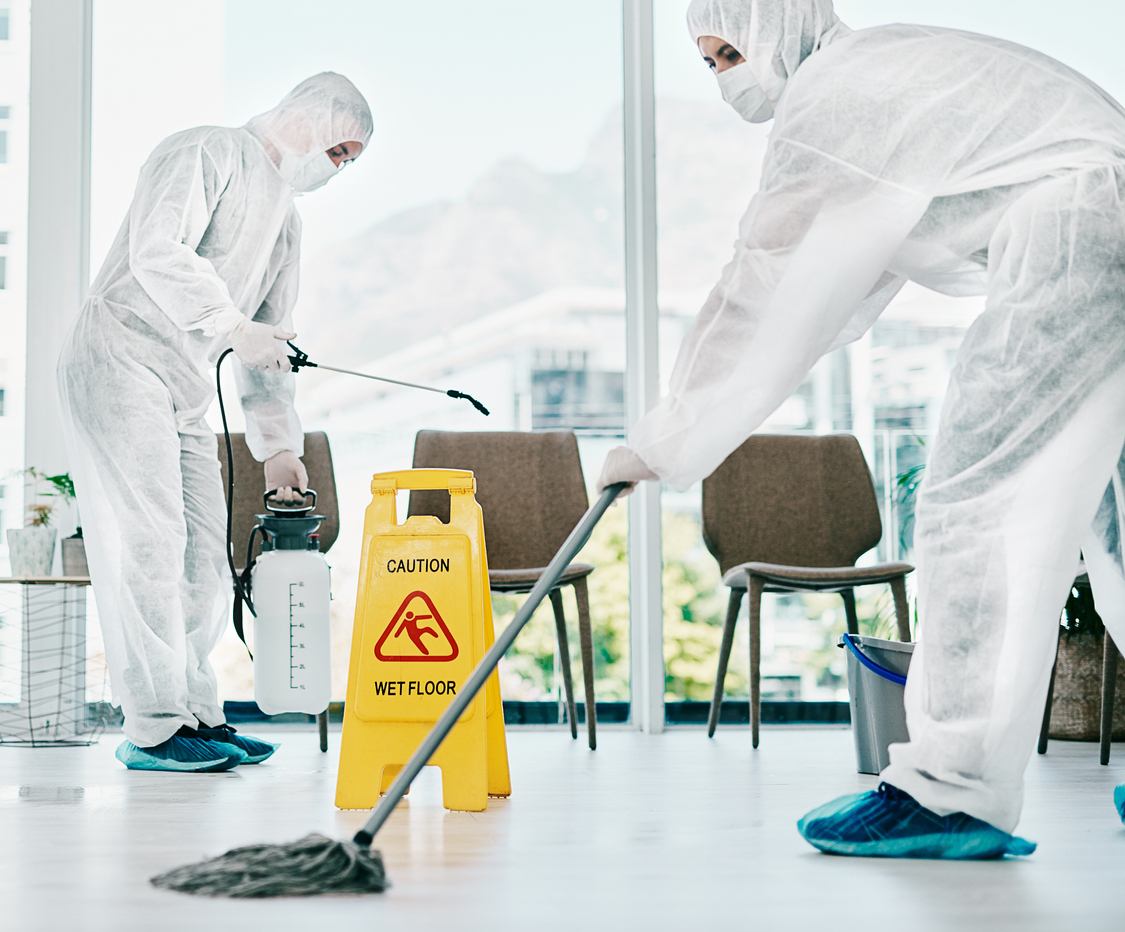Electrostatic disinfection applies a disinfectant solution combined with air, then electrically charged by an electrode in the spray nozzle, directly to surfaces. Through the spraying method, each surface receives thorough coverage. At the same time, the positively charged fluid bonds with negatively charged surfaces, killing pathogens. The rise of the coronavirus pandemic is certainly the right time to start integrating this technology into your business. Below, we provide insights provided by healthyspace.ca to explain the nuances of this type of disinfection and why it is important.
Electrostatic sprayers provide better coverage than you can achieve using other disinfecting methods. There is less room for human error and the spray fully coats surfaces with disinfectant, even reaching into grooves and wrapping around corners and edges. There is also less disinfectant waste through electrostatic spraying. It sticks to targets because of the ionic charge instead of drifting in the air or settling where you do not need it to go. In addition to being more thorough, the process takes less time and quickly covers more area while using less human energy.
Benefits of Electrostatic Disinfection vs. Other Methods
Benefits of electrostatic spraying for disinfection include:
- More coverage over large areas in less time and using less energy
- Easy and complete disinfection of hard-to-reach areas
- Virus control for influenza, HIV, Covid-19, MRSA and others
- Reduced disinfectant waste or overuse
- Quick, no-touch surface drying

Protection provided through electrostatic spraying of the right disinfectants includes:
- Reduced liability from contagion in the workplace
- Reduced service disruption due to illnesses
- Improved customer trust
- Increased employee trust
Does it make sense for your business?
Electrostatic disinfectant spraying is an excellent option for businesses with lots of surface area. It also serves well for those with areas of high traffic and frequently touched equipment. In fact, most businesses can benefit from this type of disinfection, particularly in flu seasons and because of Covid-19.
An electrostatic sprayer is particularly useful for application of disinfectant for the following environments:
- Schools
- Office buildings
- Medical centers and patient facilities
- Fitness centers and gyms
- Restaurants and commercial kitchens
- Transportation hubs and mass transit
Really, any business needing a healthy environment can benefit from electrostatic spraying. But those with a lot of computer keyboards, high-touch surfaces and other nooks and crannies clearly benefit. Disinfectants used for these processes are human and animal safe. While they are also safe for woods and electronics, the service provider must avoid spraying the water-based disinfectants directly into computer towers or other areas easily damaged by water.
Does this type of disinfection effectively prevent Covid-19?
A disinfectant alone cannot fully prevent spread of Covid-19 in a business. But when combined with mask wearing and appropriate hand-washing procedures, for example, electrostatic spraying proves effective in arming your business against the spread of pathogens like the novel coronavirus.
Of course, your electrostatic spray technician must use the right types of disinfectants to help fight specific health problems like Covid-19. Spraying electrostatic disinfectant is a much easier and faster process than other methods of disinfectant application. The solution reaches more areas than other applications. The even-spraying disinfectant also dries on its own, preventing touching of surfaces as part of the process.
What is the cost of electrostatic disinfection?
For this service, like any, prices vary according to your geographic location, market size and field competition. Pricing also depends on facility type and risks involved in working there. Square footage is the most common basis for pricing calculation. The larger your property for application, the lower your cost per square foot. For example, a 5,000 square foot office complex will cost less per square foot than one that is only 2400 square feet. The price typically ranges between $0.05 to $0.40 per square foot, although some charges may go as high as $2.50 per square foot.
